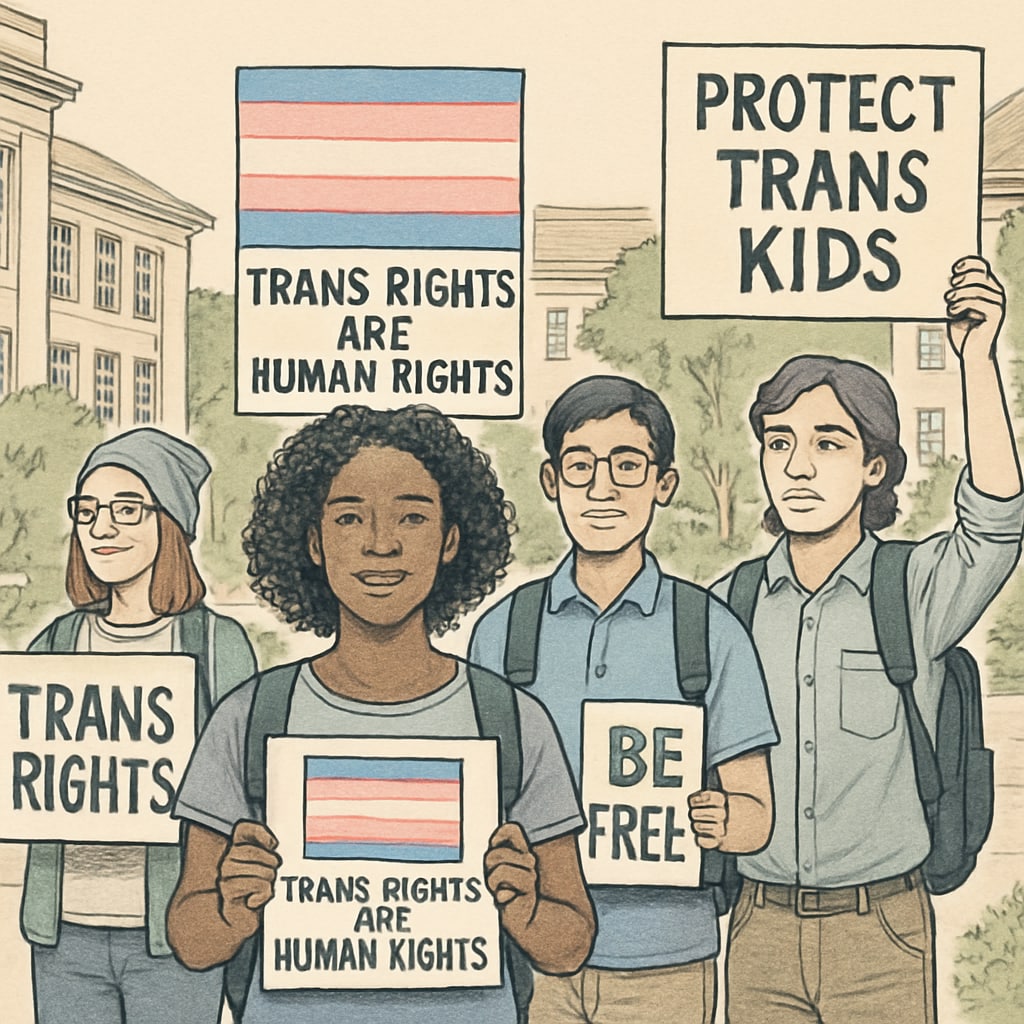Brown University’s recent decision to adopt a gender policy defining sex strictly along biological binary lines, in alignment with the Trump administration’s framework, has sparked significant concern among marginalized groups on campus. For transgender students in particular, this policy shift undermines their sense of safety, inclusion, and dignity within the educational environment. As institutions like Brown University play pivotal roles in shaping societal values, the reverberations of such a change extend far beyond its campus, raising questions about educational equality and the treatment of transgender individuals in the broader K-12 education system.
Why Brown University’s Gender Policy Shift Raises Alarms
The Trump administration’s approach to defining gender strictly as male or female, based on biological attributes present at birth, has been widely criticized for marginalizing transgender and non-binary individuals. Brown University’s alignment with this policy marks a concerning departure from its historically progressive stance on inclusivity. Transgender students, who already face disproportionately high rates of discrimination, harassment, and mental health challenges, now find their identities invalidated by an institution meant to support intellectual and personal growth.
For example, gender-neutral restrooms, inclusive housing policies, and access to healthcare that affirms transgender identities are all at risk under such a binary framework. Students have expressed concerns that the university’s shift could embolden discriminatory behaviors and erode the progress made in fostering an inclusive campus culture. The symbolic impact of this policy change cannot be overstated—when an institution like Brown University aligns with restrictive policies, it sends a message that transgender voices and experiences are secondary.

The Ripple Effect on K-12 Education
Brown University’s decision could have significant implications for K-12 education. Schools often look to higher education institutions for guidance on best practices, and this shift may embolden more conservative approaches to gender policies in primary and secondary education. For transgender students in K-12 settings, these policies could exacerbate challenges they already face, such as bullying, lack of access to affirming resources, and exclusion from activities aligned with their gender identity.
According to a report on transgender issues by Britannica, affirming environments are critical for the mental health and academic success of transgender youth. Policies that enforce rigid binary definitions of gender could strip away protections and accommodations that are vital for these students. As a result, the educational system risks perpetuating a cycle of exclusion and inequity.

How Educators and Institutions Can Uphold Equality
In light of Brown University’s policy shift, educators and institutions must reaffirm their commitment to creating inclusive environments that respect all students’ identities. Here are actionable steps to consider:
- Advocate for Inclusive Policies: Support initiatives that protect transgender students’ rights, including access to gender-affirming restrooms, healthcare, and housing.
- Educate Staff and Students: Provide training on gender diversity and inclusion to reduce stigma and promote understanding.
- Foster Open Dialogue: Create safe spaces for students to discuss their concerns and experiences without fear of judgment or retaliation.
- Collaborate with Organizations: Partner with advocacy groups to implement programs that support transgender and non-binary students.
By taking these steps, educators can help mitigate the negative impact of policy changes and ensure that all students have the opportunity to thrive academically and personally.
Conclusion: A Call to Action
Brown University’s decision to redefine gender along biological binary lines represents more than just a policy shift; it is a step backward in the fight for educational equality. For transgender students, this change is not merely symbolic—it has tangible effects on their safety, mental health, and sense of belonging. As this debate unfolds, it is crucial for educators, policymakers, and allies to take a stand in support of transgender rights and inclusion. By upholding values of respect and equality, we can ensure that all students, regardless of their gender identity, have the opportunity to succeed in an affirming educational environment.
Learn more about transgender rights: Visit the Wikipedia page on transgender rights for a comprehensive overview of global policies and challenges.


